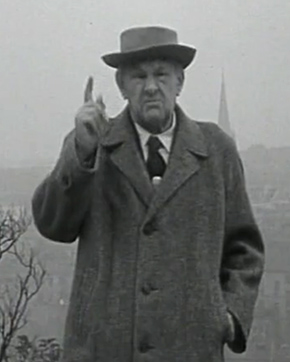
Před 50 lety zemřel výtvarný historik Václav Vilém Štech 50 years ago, art historian Václav Vilém Štech passed away
 |
Václav Vilém Štech was born on March 31, 1885, in Slaný. From 1904 to 1910, he studied art history and aesthetics at Charles University, briefly studying at the Humboldt University in Berlin and at the Sorbonne in Paris. From 1910, he worked for eight years as a professional assistant to the director of the Museum of the Capital City of Prague, where he expanded the acquisition plan to include Pragensia and 19th-century art. In 1925, he became a professor at the Prague School of Applied Arts, and from 1930 to 1958, he taught art history at the Academy of Fine Arts (except for three years during the occupation when he was imprisoned in Buchenwald).
Among his more well-known works are Prague House Signs, Sculptors of Prague Baroque, Michelangelo, Italian Renaissance Sculpture, Rembrandt, and works on Mikoláš Alš and Antonín Slavíček. He also delved into art theory (On the Expression of Visual Form and Under the Surface of Shapes). He documented his memories in the books In a Foggy Mirror and Behind the Fence of Home.
The English translation is powered by AI tool. Switch to Czech to view the original text source.
0 comments
add comment










